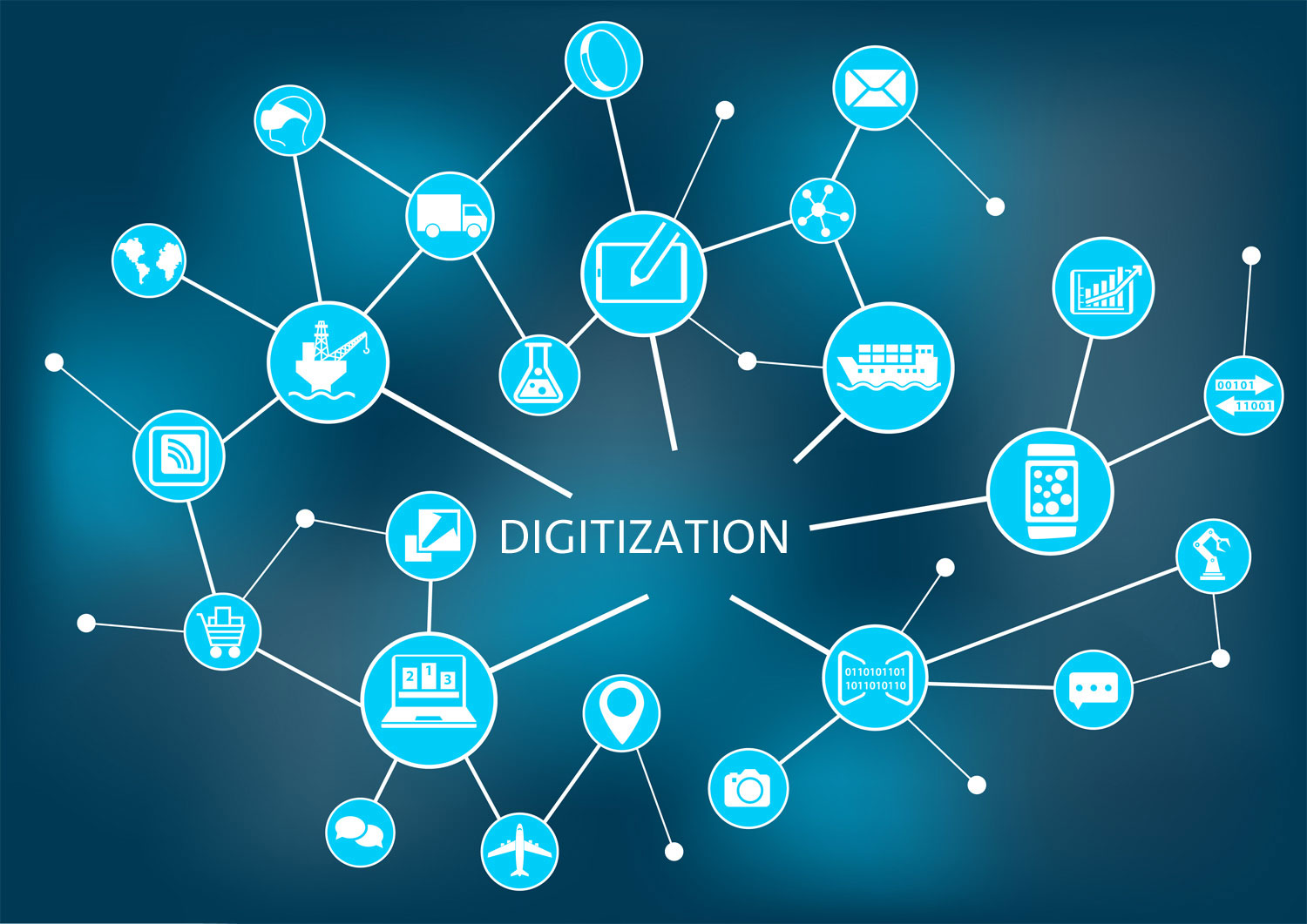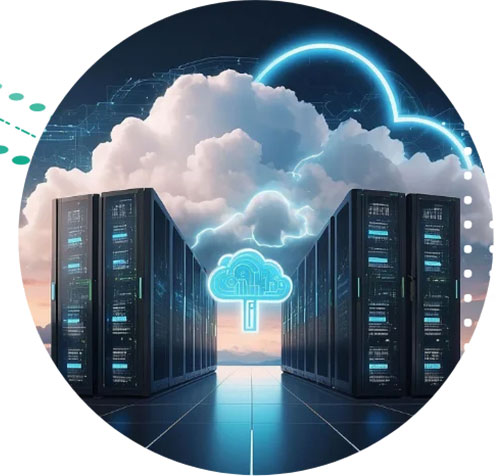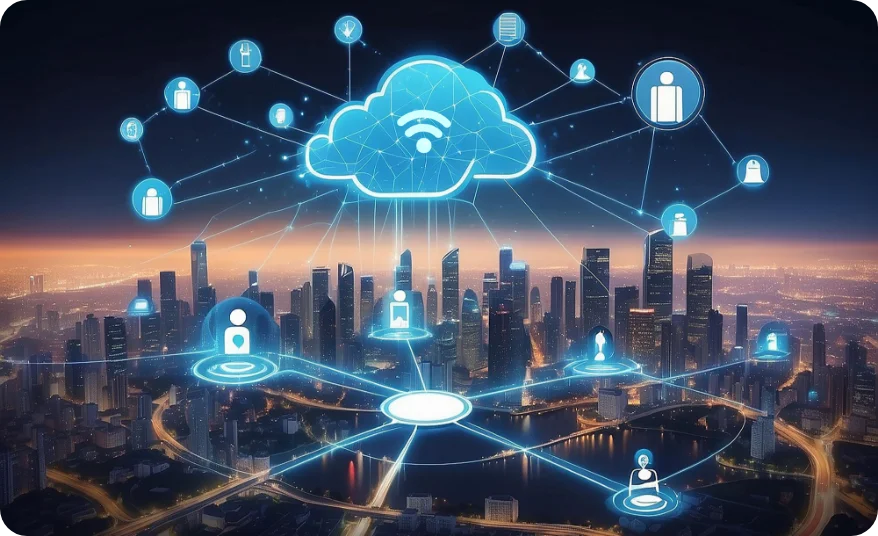Digital disruption, an opportunity to create adaptive businesses
The biggest digital disrupter of the decade has finally hit the IT industry! The convergence of new technologies – social, mobile, cloud and data analytics, has fundamentally changed the way business is being done. Enterprises are, naturally, under immense pressure to adapt their existing infrastructures, strategies and workforce to deal with these changes.
But during this hectic time, businesses need to pause and reflect on how they want digital transformation to impact their long-term strategy and growth. Do they want to fire fight the next wave of disruption or be ahead of the curve? Do they want to patch on technology cures or create a future ready system?
To ensure that digital transformation finally results in a strong and adaptive business structure, here are the 5 key areas of consideration
Invest in creating a Digital Vision
Transformation is a top down process: senior management, from across all departments, need to come together to create a long term and holistic strategy to deal with enterprise digital transformation.What is needed is a digital vision to articulate the immediate impact and long-term opportunities that could come up due to the transformation process.
100% Customer focused approach
To create a truly future focused and adaptive business, the customer must be kept at the center of all business functions: this is the fundamental on which enterprises need to base their long and short term digital strategy.
Enterprises that listen to its customers, present and potential, are the ones that will, not just flourish in the current digital rich environment, but will be better prepared to ride the next wave of disruption. To build customer loyalty and a differentiated brand, customer engagement has to be amped up to deliver continuously improving and truly interesting and innovative 360° customer experience.
Follow the data, but with a context
Even though organizations are using Analytics and Big Data mining to improve their bottom-line, often the sheer amount of data can leave managers with a sense of uncertainty.
What is needed here is Context. An open communication structure within the organization will encourage employees from different departments to weigh in on how to interpret and use the data.
Transform your employees
Transformation will only work as well as the people running it. For many employees digital transformation can be a disruptive and challenging process and targeted training and change management will help to keep the workforce motivated.
To change ingrained mindsets is not an easy task, but to create an agile business, inter departmental collaboration must become part of the work culture. Employees, new or existing, must be encouraged to stay updated and learn digital skills and should be assessed on their ability to contribute to the new system.
Embrace the culture of Innovation
Finally, organizations have to foster a deep-rooted culture of innovation and experimentation. Talented teams from across departments must collaborate to constantly experiment and test new technologies and processes to reach more and more digital users. This quick thinking and agile workforce will create a business that is not just ready to manage the next big change but will actually create the next new technology disruptor.
Digital transformation is not an end in itself; it is a continuous process. For enterprises to constantly stay ahead of the curve, digital culture must seep into its very core. It changes not just how companies deal with its customers, but also impacts its internal structures, functions and processes. It becomes part of the organization’s DNA.
We are Sify and we transform businesses for a digital world like no other. With our SMAC network, global inter-cloud connectivity, agile IT and seamless access across platforms, we transform the way enterprises do businesses providing a unified customer experience.
How Digital Transformation made eGovernance possible in India
Government and public service bodies were the late entrants into the digital world; slow and hesitant at the start they have now embraced digital with gusto. What started as online payment portals for electricity and phone bills has developed into a mission to provide digital access to all citizens.
The Digital Start
The first step to digitization started with online payment portals for public utilities, digitization of data such as land records, e-procurement projects and public sector banks sites.
The start was rocky, plagued with continuous downtime and untrained employees, but as Internet and digital technologies improved, these initial unwieldy digital platforms transformed into sophisticated Common Service Centers (CSC), access points connecting 2.5 lakh villages to a multitude of e-Services, from banking services to train ticketing and healthcare to agricultural information.
e-Governance matures – Aadhaar and India Stack
With Aadhaar and India Stack, the Government has finally incorporated Digital in its DNA. With more than a billion people registered – Aadhaar is the world’s largest biometric identity project. Launched in 2010, it is the ultimate example of IT technology joining hands with the government to radically change public service delivery.
The India Stack consists of digitized layers built on top of Aadhaar:e-KYC, eSign, Digital Locker and Unified Payment Interface. Together they create an end-to-end digital architecture that enables a paperless, cashless and presence less system. And the Government has made this user base of over a billion people available as an open API, enabling organizations and developers to innovate and build on the robust foundation of the India Stack.
Vision of Digital India
In 2015, the Government has laid out a clear vision for the digital future of India – to provide good governance that leads to inclusive growth, better jobs and access to services for all citizens. The Digital India Campaign, with a slew of policy initiatives, products and excellence centers, aims to fulfill this vision of making India truly Digital.
e-Governance has certainly come a long way since its inception, successful implementation of digital technologies has ensured, that the days of unending queues and unresponsive services are long gone. The next step is to move beyond providing services and become an instrument for good governance, transforming into a two-way channel of communication between the Government and its Citizens.
Watch the video below to see how Sify helps India Post, one of the oldest communications provider touching every part of the country, transform itself to a services centers while retaining the post and logistics.



























































